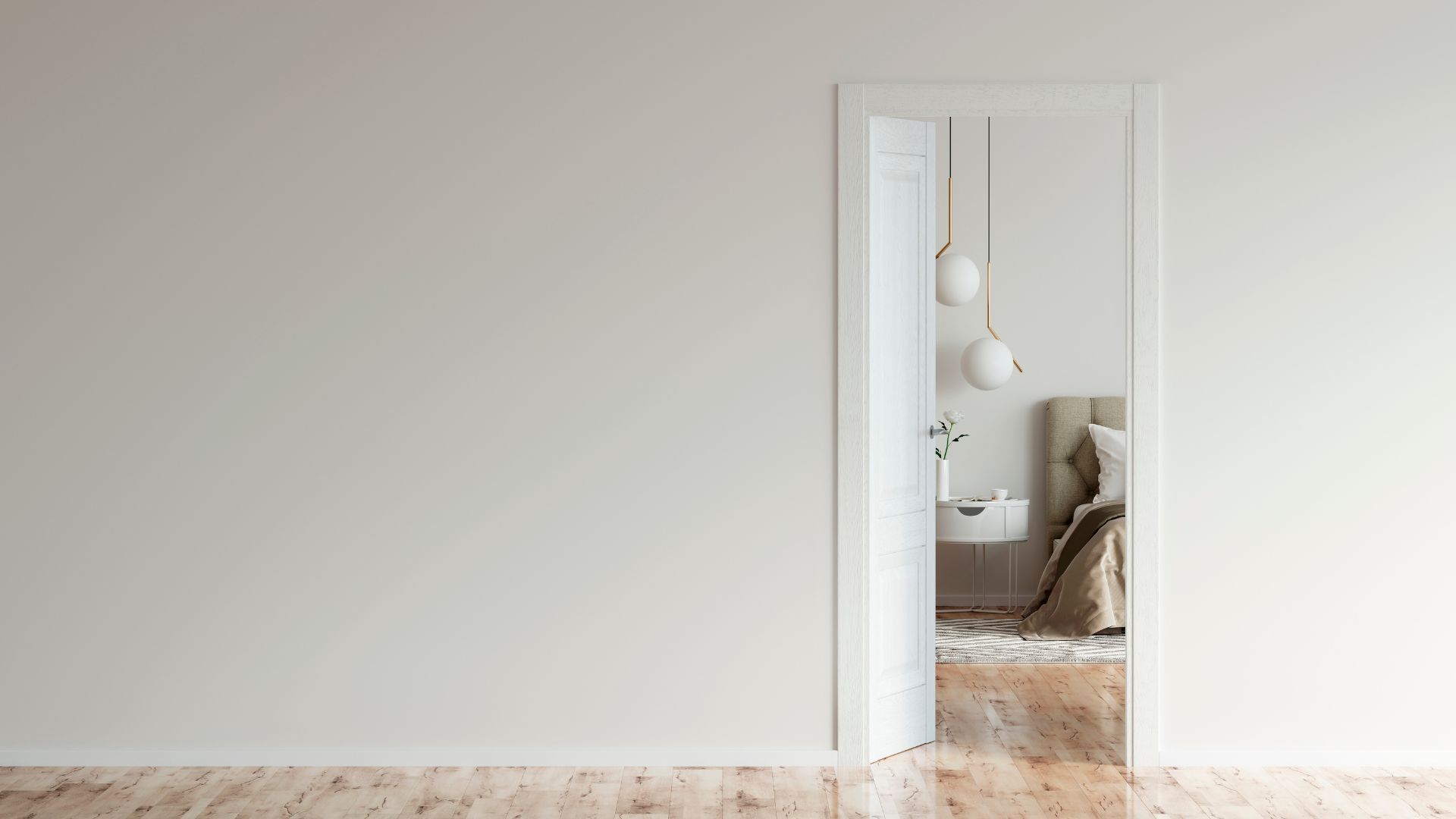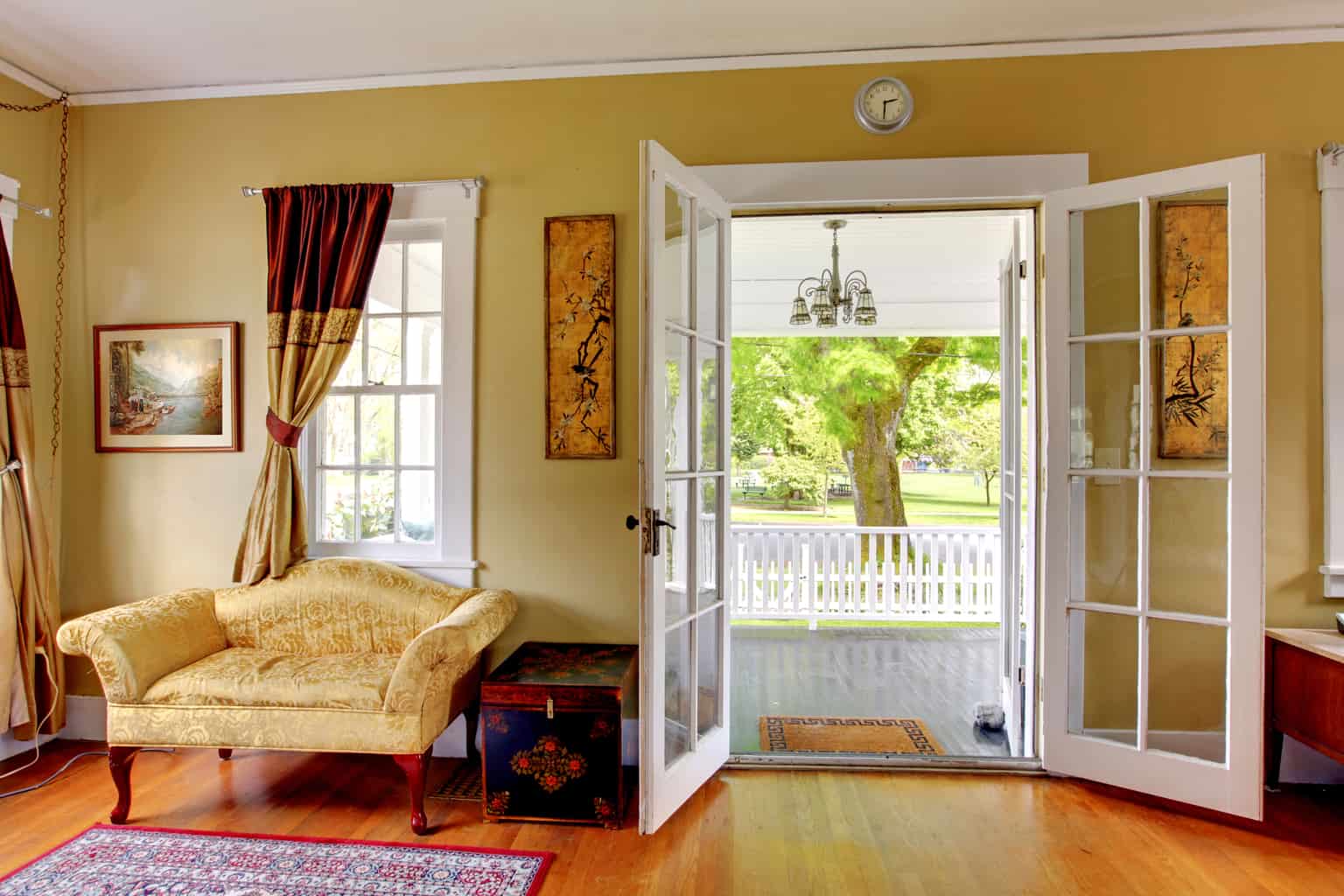Historical and Architectural Perspectives

The direction a bedroom door opens, seemingly a mundane detail, is rooted in a fascinating interplay of historical practices, safety concerns, and architectural trends. While modern construction often prioritizes convenience and aesthetics, the history of door opening directions reveals a complex interplay of functionality, safety, and cultural norms.
Safety Concerns and Fire Codes
Throughout history, safety has been a primary concern influencing door opening directions. In the past, particularly in densely populated areas, outward-opening doors were favored for their ability to facilitate quick escape in case of emergencies. This was especially crucial in scenarios like fires, where an inward-opening door could become blocked by debris or the force of the flames, hindering escape.
For instance, in medieval Europe, where wooden structures were prevalent, fire hazards were a constant threat. Outward-opening doors provided a crucial advantage in allowing occupants to escape quickly, especially in cramped, multi-story buildings.
Building codes, which evolved over time, further codified these safety concerns. The development of fire-resistant materials and modern fire suppression systems gradually shifted the focus towards inward-opening doors, which offered better protection against smoke and fire spread. This change, however, was not a sudden shift, and older buildings often retained their outward-opening doors, reflecting the historical emphasis on rapid evacuation.
Practical Considerations and Safety: Do Bedroom Doors Open In Or Out

The choice of whether a bedroom door should open inwards or outwards is not merely an aesthetic one. It involves practical considerations and safety implications that can significantly impact the functionality and security of a space.
Do bedroom doors open in or out – This section delves into the practical advantages and disadvantages of each door opening direction, exploring their impact on daily life and emergency situations. We will also examine how the choice of door opening direction can influence the overall safety of a room, particularly in the context of fire hazards and potential intruder threats.
Ease of Access and Functionality
The ease of access and functionality of a bedroom door are paramount, influencing daily routines and potential emergency scenarios.
- Inward-opening doors offer a larger entryway when open, providing ample space for furniture placement and movement within the room. However, they can pose a challenge in emergencies, particularly if the door swings against an obstacle or if the room is filled with smoke or debris.
- Outward-opening doors provide unobstructed access in emergencies, as they swing away from the room. However, they may require additional space outside the room for the door to open fully, potentially obstructing hallways or walkways. This can be a significant concern in small spaces or rooms with limited hallway space.
Safety Concerns in Emergencies, Do bedroom doors open in or out
The safety of a bedroom door in emergencies, such as a fire or an intruder intrusion, is paramount.
- Inward-opening doors can be difficult to open during a fire, especially if the room is filled with smoke or debris. The pressure from the fire can push against the door, making it harder to open. Additionally, the door can block the only exit from the room, potentially trapping occupants inside.
- Outward-opening doors provide a safer option in emergencies, as they swing away from the room, allowing for a clear escape route. They also reduce the risk of the door being blocked by fire or debris, making it easier to exit the room quickly and safely.
Safety Considerations in the Context of Intrusion
The direction of a bedroom door opening can also impact safety in the context of intruder intrusion.
- Inward-opening doors can provide an intruder with a barrier, making it more difficult for them to enter the room. However, this barrier can also prevent occupants from escaping the room if the intruder gains entry.
- Outward-opening doors offer a safer option in the event of an intrusion, as they provide a clear line of sight for occupants to see the intruder and potentially escape through an alternate exit. However, they can also make it easier for an intruder to enter the room if they are able to force the door open.
Modern Design and Accessibility

The modern era has brought about a revolution in bedroom door design, with a focus on aesthetics, functionality, and accessibility. This shift has impacted how bedroom doors open, reflecting a growing awareness of the need for inclusive spaces.
Accessibility Guidelines and Bedroom Door Design
Accessibility guidelines, particularly those Artikeld by the Americans with Disabilities Act (ADA) and other international standards, play a crucial role in shaping bedroom door design. These guidelines ensure that people with disabilities have equal access to spaces and amenities, including bedrooms. The ADA mandates that doors in residential buildings, including bedrooms, must meet specific requirements for accessibility.
For instance, the ADA requires that doors in accessible bedrooms must have a minimum clear opening width of 32 inches (81.3 cm) to allow for wheelchair access. This means that doors in accessible bedrooms must be designed to swing outward, providing ample space for maneuvering. Additionally, the guidelines specify the maximum threshold height, which must be no more than 3/4 inch (1.9 cm) to prevent tripping hazards.
- Doors must have lever handles instead of knobs for ease of use by people with limited hand dexterity.
- Doors should have a smooth surface and be free of protruding elements to prevent accidental injuries.
- The design of the door must be aesthetically pleasing and blend seamlessly with the overall design of the room.
Bedroom Door Styles and Opening Directions
The opening direction of a bedroom door is a crucial design element that influences its functionality, accessibility, and aesthetic appeal. The choice between inward-opening and outward-opening doors depends on various factors, including space constraints, safety considerations, and personal preferences.
| Door Style | Opening Direction | Advantages | Disadvantages |
|---|---|---|---|
| Pocket Door | Slides into a wall cavity | Maximizes space, provides a seamless look | Can be expensive to install, requires adequate wall space |
| Barn Door | Slides along a track on the wall | Adds a rustic charm, space-saving | Requires a dedicated track system, can be noisy |
| French Doors | Swing outward or inward | Adds elegance, allows for natural light | Can be bulky, requires ample space for opening |
| Standard Swing Door | Inward or outward | Versatile, cost-effective | May obstruct furniture or pathways |
